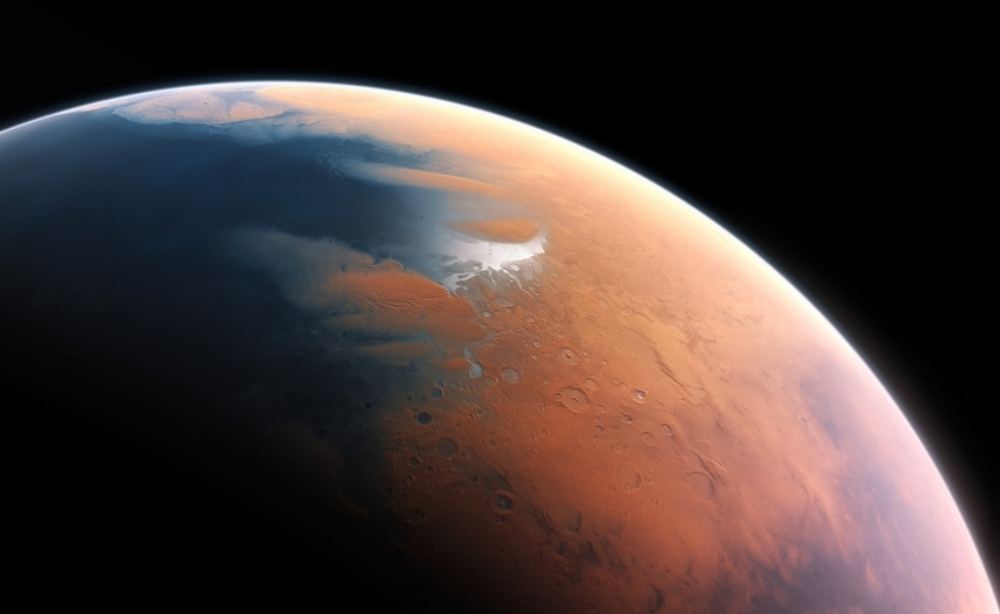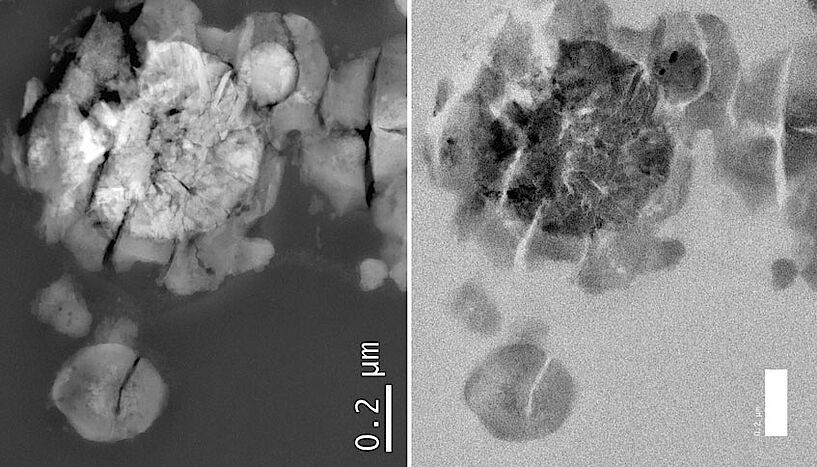Remote sensing is only useful if scientists have an idea of what they are looking at. That knowledge is especially important for remote sensing applications on other planets, such as Mars, where it is extraordinarily difficult to collect information about an observed object in any other way. To make up for the lack of ability to perform other tests in situ, scientists set up laboratory experiments with different environments and materials and compare the remote sensing data with the observed remote objects.
That is exactly what Jiacheng Liu, a doctoral student at the University of Hong Kong, did with remote sensing data from the surface of Mars. What he found gave new weight to a novel theory – that Mars didn’t used to have a significant amount of oxygen in its atmosphere. The fact that it does now prompts the question of where all the oxygen that exists in the atmosphere today came from. One possible answer is the same place it came from on Earth – photosynthetic life.
Continue reading “There’s Evidence That Mars Once Had an Atmosphere With Less Oxygen. A Possible Biosignature For Life?”




